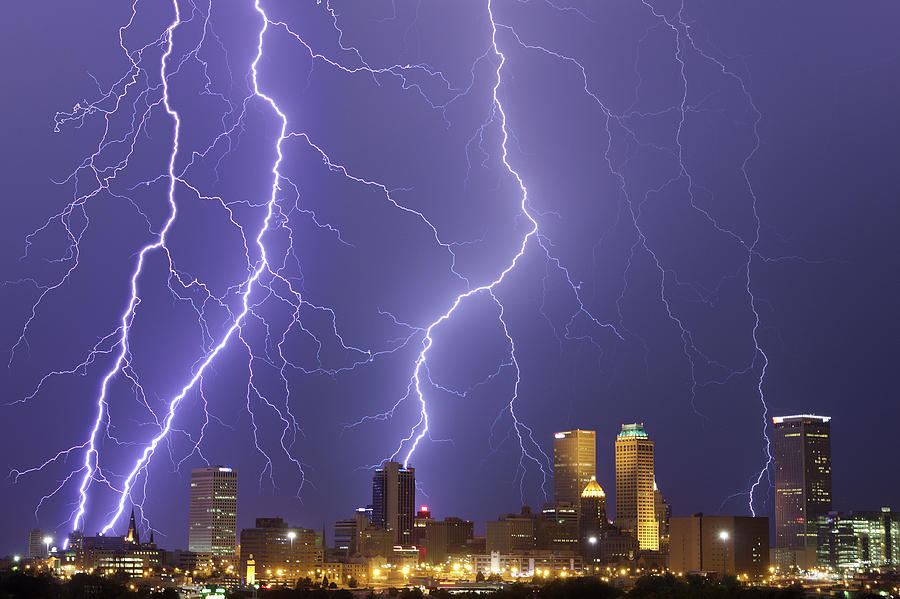ColdMiser123 wrote:ClarCari wrote:I’m pleased to see Sally’s upgrade by 5kt since it does take into considerations the radar and dropsonde data. A full Category upgrade could have some data to back with this storm, but let’s be real, would also be something to satisfy us stat chasers who want to see 2005’s major hurricane record fall. Being so close to the next category can bring that out in all of us with these borderline storms. Being aware of that is important for the scientific part of us.
On another note, what was the largest upgrade made to a storm in post-analysis in wind speed and/or pressure?
The TCR for Katrina lowered the landfall intensity considerably, from 125 kt operationally at 6 am CDT, down to 110 kt with the TCR when it made landfall at 6:10 am CDT.
The NHC used radar from on board aircraft to illustrate how Sally's structure was heavily tilted early on, but there isn't any mention of the radial velocity bins from WSR-88Ds when they assessed the landfall intensity for Sally. More specifically, no mention of the 121-122 kt velocities at ~1200 meters that showed up on multiple scans. Hopefully future studies look further into that.
Completely forgot about those radial velocities which further correlates with a 100 kt Cat 3 intensity. As you so well articulated, it’s hard to conceptualize why the NHC didn’t take those into account.
Yet, they made reference to the assumed pressure gradients theorized by a storm chaser rather than real in-situ data. To clarify, the only legitimate way to determine the actual pressure gradient is to get two separate readings from different locations. Doing so from one barograph, at a singular location, is fraught with errors resulting from wobbles in track, short-term variances in translation speed, meso-vortices, etc. Consequently, I place no value to that particular data point and surprised the NHC included it in their report.









